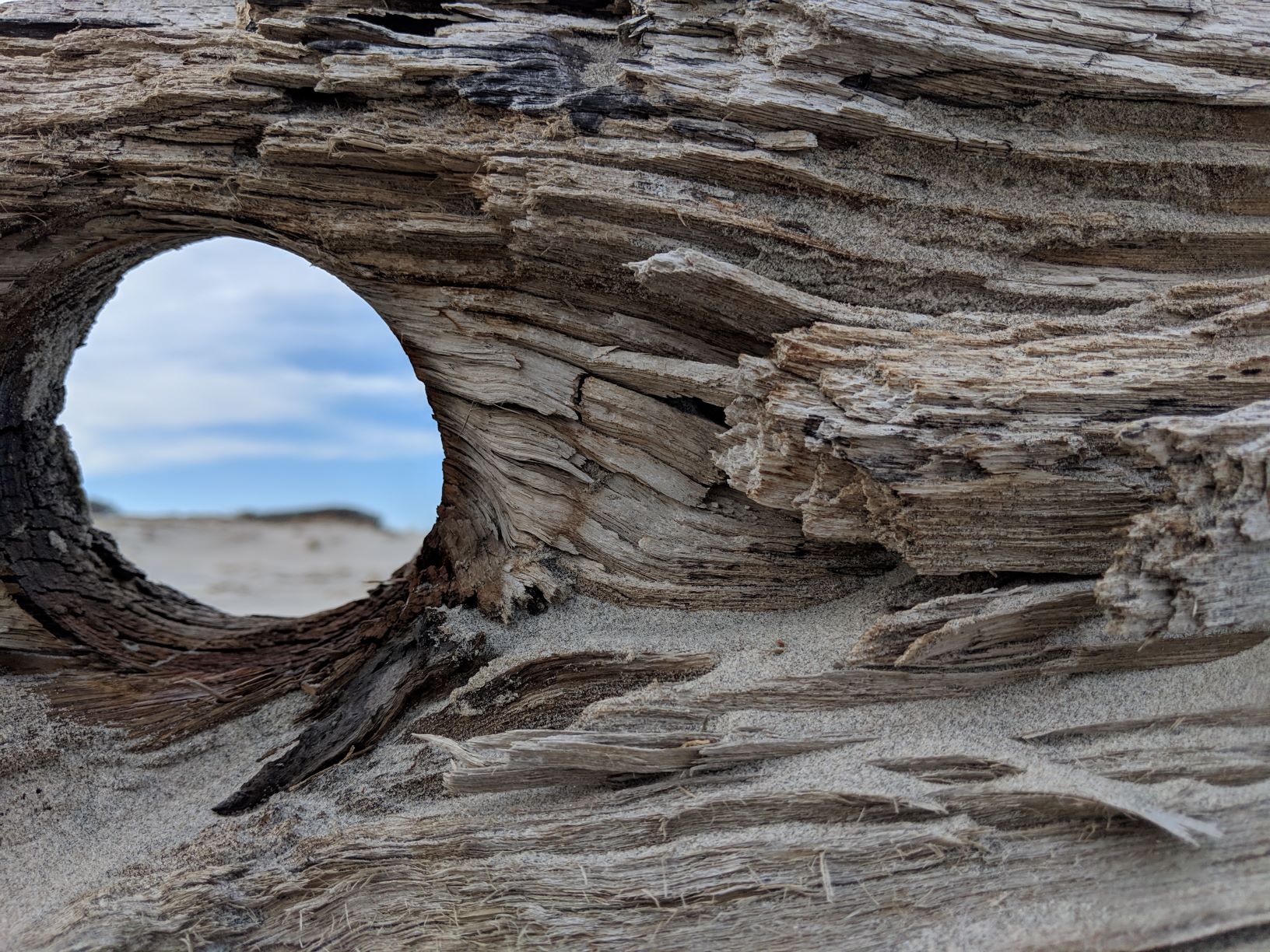“For nations, the lower long-term growth related to such losses might yield an average of 1.5 percent lower annual GDP for the remainder of the century. These economic losses would grow if schools are unable to re-start quickly.”
OECD
I am tired of the snake oil, the grifters, the liars, and the simply ignorant, all necessary for what we call the “global economy” to hum.
The economy, or the abstraction we call the economy, is doing immeasurable harm to countless beings, including humans. I do not care to prepare students for this. I am a public school teacher working in a public space to help students learn how to see, how to think.

The word “economy” comes from Greek roots that mean, literally, to manage one’s household. “Global economy” is an oxymoron.
Every year some of my students plant the seeds to grow plants that bear food, using little more than calories from the sun, a patch of earth along the south side of our high school, the breath of living organisms that live in and around our neighborhood, and rain from the sky.
This is about as simple and local as an economy can be, and even this is complex beyond comprehension. A teaspoon of decent soil holds a universe of mystery. We are, after all, a part of the mystery.

A seed will sprout for anyone, rain is still free, and our sun’s energy fuels us all–the Big Mac could not exist without all three. The fourth piece, carbon dioxide, the “waste” we breathe out, is as much a part of this as the rest–what we waste becomes what we build. Life is a cycle.
A true economy has little waste.
When somebody else plants the seeds for you, lifts the shovel for you, poisons the ground for you, picks the harvest for you, slaughters the harvest for you, trucks the harvest for you, and you’ve lost the connection to the seed, you’ve lost your connection to life and to the living.
A global economy, such as it is, depends on us wresting a child from her roots. A decent education, a decent democracy, a decent life depends on those very same roots.
And right now too many of us are rootless.






